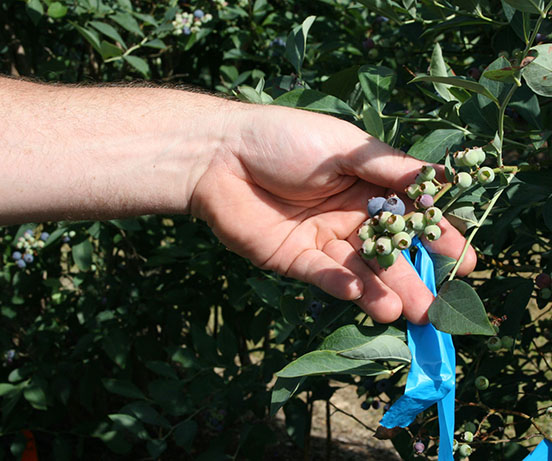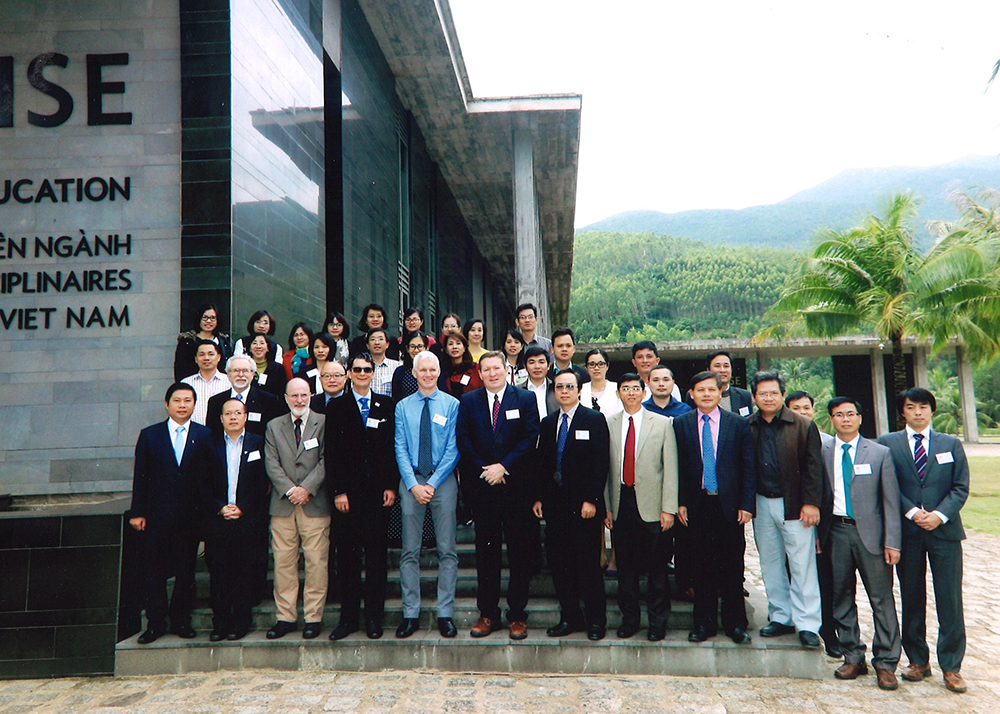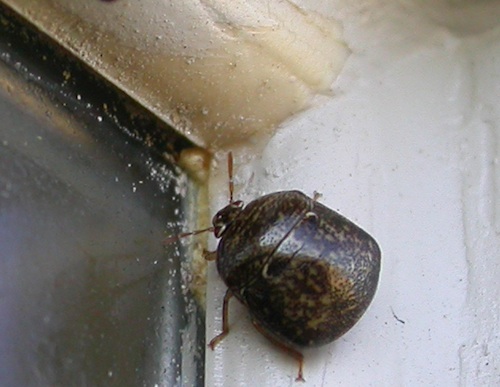 CAES News
CAES News
Pest Management Field Day
Specialists from the University of Georgia College of Agricultural and Environmental Sciences will lead a blueberry-centric integrated pest management (IPM) field day on Wednesday, Feb. 21 in Alma, Georgia.





